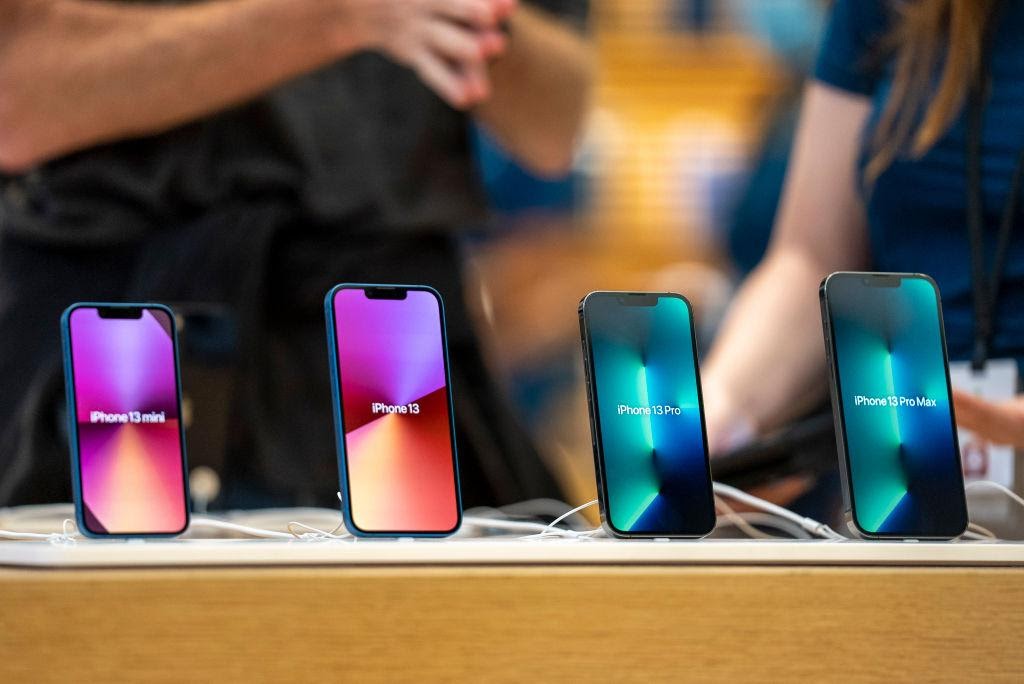Apple Inc. has told its parts suppliers that demand for the iPhone 13 lineup has slowed down, citing people familiar with the matter, signaling that some consumers have decided against trying to get the hard-to-find item per Bloomberg.
The company had earlier cut production of iPhone 13 by as many as 10 million units due to a global chip shortage, but now it has informed vendors that those orders may not materialize, the report said. Apple and some of its suppliers 3M Co., Broadcom Inc. and Advanced Micro Devices Inc did not immediately respond to requests for comments from Reuters.
While the company had already cut orders for the year to 80 million — down from a target of 90 million — it was reportedly planning to make up for much of the drop next year. Now, though, Apple is said to have told manufacturing partners that this may not happen and they might not see the expected boost in orders. Like almost every other technology company, Apple has been dealing with supply issues brought on by the global semiconductor shortage. CEO Tim Cook said the company’s last quarterly earnings took an estimated $6 billion hit due to the shortage as well as the impact of COVID-19 on manufacturing in Southeast Asia, and Apple was expecting an even bigger impact on this current holiday quarter.
Apple first told vendors that the company would be able to make up the 10 million units yet again in early 2022 when the supply improved. As per the report by Bloomberg, however, Apple has started to notice weakening demand which means the company no longer plans to hit its initial 90 million target during that time frame.
According to the story by ArsTechnica, this demand shortfall could actually be attributed to any particular number of things and could be hard to definitively explain. It is, however, possible that consumers saw the new smartphone as an inadequate update to the previous iPhone 12 which sold massive numbers. The newer iPhone offered marked camera and battery life improvements compared to the iPhone 12 but it seemed like there were little upgrades elsewhere. To add, the shortfall could have also been attributed to consumers deciding the iPhone 13 wasn’t worth the long waits. Another potential reason could be consumers reading rumors regarding the next model being a major redesign that comes with substantial new features. ArsTechnica also added that economic factors like inflation, the COVID-19 variant, and other reasons could have also contributed to the decline in demand.





